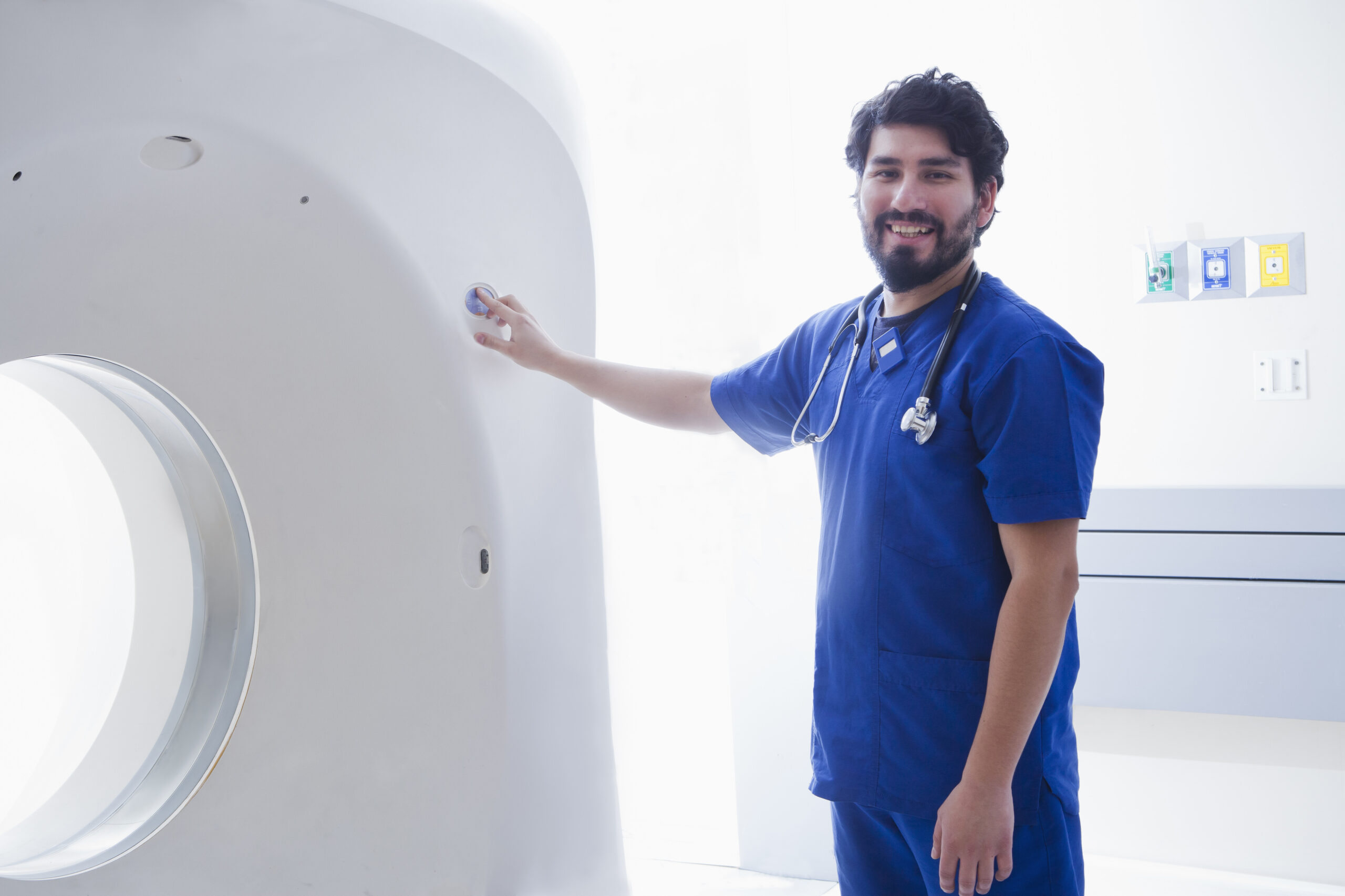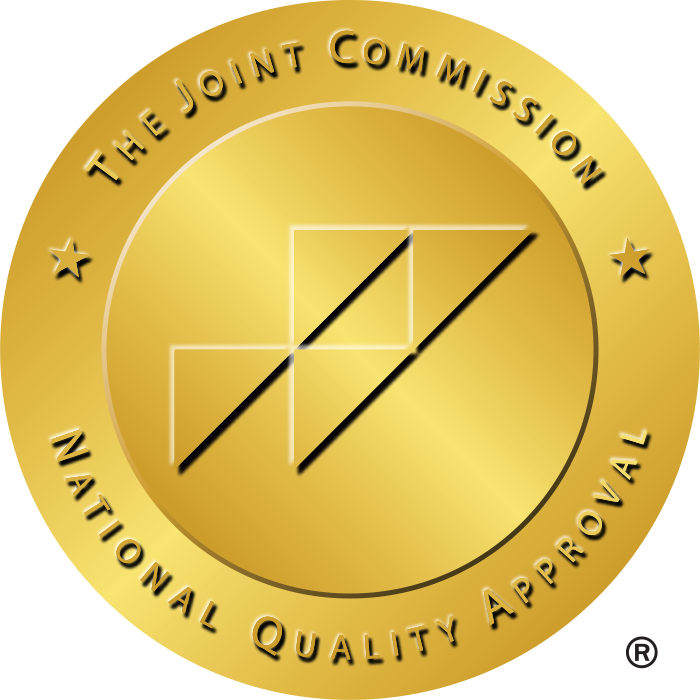The health care industry is booming, and jobs are growing faster than ever in every corner of the country. The U.S. Bureau of Labor Statistics predicts that health care occupations will add nearly 2.6 million new jobs in the decade between 2021 and 2031, and account for a large majority of job growth as a whole. A rapidly increasing elderly population, new medical technologies, and a growing appetite for health care services are fuelling this growth.
But with that rapid expansion comes fierce competition for key roles, so to secure a position, it is vital to stand out in your interview. Although an impressive resume can help, succeeding in a healthcare interview means more than discussing your credentials. This makes you understand the interview process and how to present yourself as the best fit for the job, which helps you a lot to shine and impress recruiters.
1. Preparation: The Foundation of Confidence
Research the Organization Inside and Out
Heading into an interview without knowing the employer’s mission or values, or what they’ve been doing lately, is like arriving at a quiz without ever opening your textbook. Recruiters persistently say that candidates who “do their homework” shine.
We would recommend reading the organization’s website, especially the mission statement, patient care philosophy, and community involvement. If your target hospital values telehealth innovation, for instance, make sure to emphasize your experience with digital health tools or your aptitude for new technology.
Next, dig deeper. Look to news articles, press releases, or social media for recent developments — maybe a new pediatric wing, a partnership with a local clinic, a sustainability initiative.
This shows that you are serious and helps you tailor your responses to what is important to them. As one StaffDNA recruiter said, “Candidates who share our values don’t answer questions — they engage in conversations.”
Understand the Role—and Yourself
Every role in healthcare has specific demands. A nurse who works in an ICU has different skills than one who works in outpatient care, and administrative roles can differ from billing specialists to patient coordinators.
Read through the job description carefully and look for keywords like “patient advocacy,” “EMR proficiency,” or “multidisciplinary teamwork.” Then take some time to think about what you experienced.
Ready examples of how you’ve employed these skills and the effects: Did you manage high-stress situations, promoting patient outcomes, or increasing business workflow?
Regulatory knowledge isn’t one to overlook. If you’re interviewing for a role involving Medicare/Medicaid, learn about updates from the Centers for Medicare & Medicaid Services (CMS).
For instance, in 2023, CMS said more than 65 million Americans were enrolled in Medicare, a number relevant to those in roles tied to billing, compliance, and patient care. Knowing such trends is a sign of professionalism and foresight.
Practice, But Don’t Memorize
Practicing answers to likely questions is important, but being a robot is a deal-breaker. Rather than memorizing scripts, respond with the framework of STAR (Situation, Task, Action, Result). For instance:
- Situation: “One night shift, we had a super invasive intake of ER patients because of a multi-car accident.
- Task: “I had to triage well and support overwhelmed colleagues.”
- Action: “I focused on critical cases, assigned staff available to work, and updated families.”
- Result: “We decreased overall wait time by 30 percent, and the team received accolades from hospital leadership.”
This ties well into outcome focus and brevity. Try rehearsal with a friend or mentor, and seek feedback on clarity and tone.
2. Navigating Common Questions: Showcasing Your Value
Behavioral Questions: Prove You’ve Been There
Healthcare recruiters thrive on behavioral questions such as, “Tell me about a time you dealt with a conflict with a colleague,” or “Describe a time when you made a mistake. How did you fix it?” These show your problem-solving skills as well as your emotional intelligence and ability to learn.
Talk about collaboration and putting the patient first when answering. So if the question is about a conflict, don’t point fingers. Instead, try something like:
“I saw a disconnect in the way that our team was recording patient data. I recommended a quick huddle to get our process in sync, which increased accuracy and decreased frustration.”
Situational Questions: Think on Your Feet
Hypotheticals such as “How would you deal with a patient who refuses treatment?” test your critical thinking. Here, recruiters are looking for your process. One way to begin is to validate the patient’s autonomy:
“I would make sure they understand their diagnosis and options and that they don’t feel pressured. Then signal empathy: I would address their concerns — perhaps cultural beliefs or fear of side effects — and enlist a social worker or interpreter if necessary.”
Technical Questions: Stay Current
Clinical roles often involve more technical questions, such as “Walk me through administering XYZ medication,” and “How do you prioritize care during a code blue?” Brush up on protocols and guidelines (e.g., ongoing CDC updates) and equipment relevant to your area of practice.
If you don’t know, it’s fine to say, “I’d look up our most current policy to make sure I’m following the rules,” but always add how you would implement that information.
3. Making a Lasting Impression: Beyond the Q&A
Master Nonverbal Communication
You know what they say; first impressions are made in seconds. You should give a firm handshake as you make eye contact and smile warmly — all signs of confidence and empathy, two things that every healthcare employer appreciates.
Sit up straight, don’t fidget, nod along occasionally to demonstrate you’re engaged. If the interview is online, test your technology in advance, arrange good lighting, and make sure to have your camera at eye level.
Ask Insightful Questions
You’re not the only one at the interview. Here are some questions you could ask: “How does the team work together during high-pressure moments? or “What opportunities are there for professional development here?” shows consistent interest for a long time.
One recruiter says,
“We like candidates who ask about our mentorship programs or quality improvement projects, because it shows they’re invested in growing with us.”
Follow Up With Purpose
Within 24 hours, send a personalized thank-you email. Reiterate your enthusiasm, reference a specific discussion point (“I enjoyed learning about your telehealth expansion”), and briefly restate how your skills align with their needs. This isn’t just polite—it keeps you top of mind.
Your Next Step: Partner With StaffDNA
The right opportunity does exist, with healthcare adding approximately 1.9 million jobs per year (BLS), but competition is high. By fusing thorough prep, genuine narrative, and tactical follow-through, you’ll establish yourself as a candidate who doesn’t merely fill a role but lifts a team.
Ready to take the next step? From seasoned nurses to new retirees. StaffDNA gives healthcare innovators the flexibility they need to bring health services into the hands of people.
Whether you’re looking for temporary work, permanent positions, or career advice, our recruiters are ready to make you shine. Visit StaffDNA and discover opportunities that match your skills and goals.







